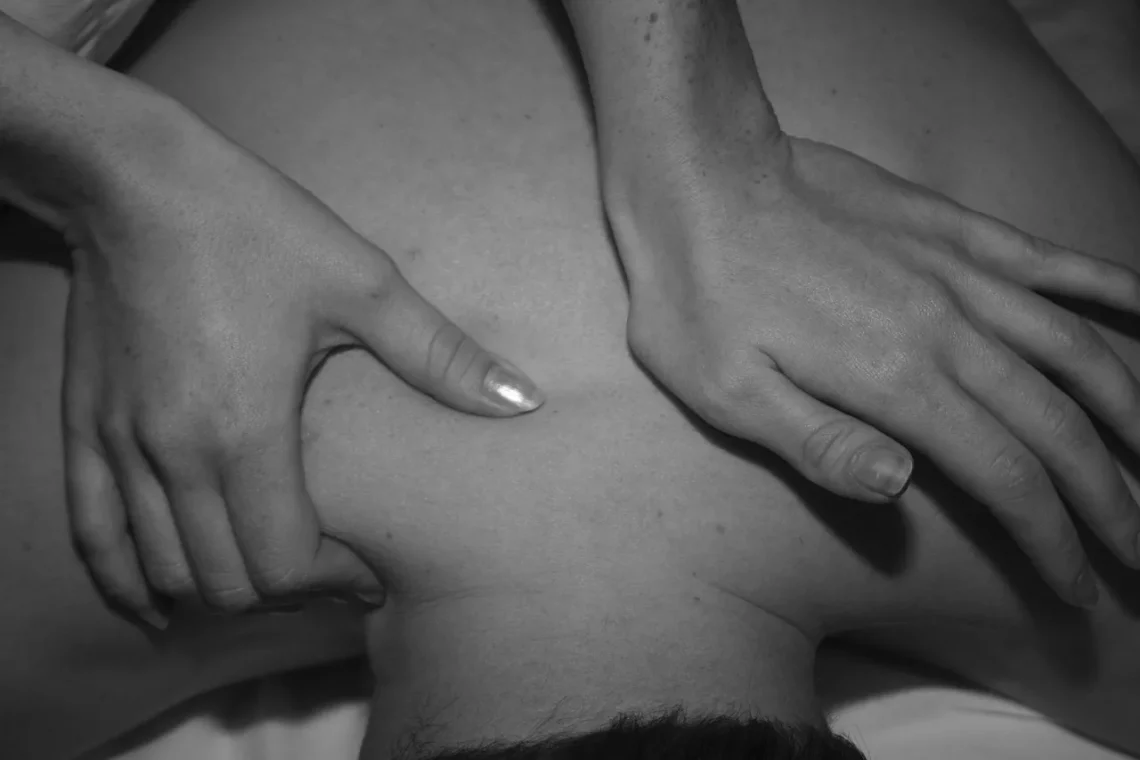
Understanding Lower Back Pain After Deadlift: Causes and Solutions
Lower back pain is a common issue that many individuals encounter, especially those who engage in weightlifting and strength training. The deadlift, a fundamental exercise in many fitness routines, is renowned for its ability to build overall strength, particularly in the posterior chain, which includes the lower back. However, improper technique or overexertion during this exercise can lead to discomfort and pain in the lower back region.
Understanding the mechanics of the deadlift and the common pitfalls associated with it is crucial for anyone looking to enhance their lifting performance while minimizing the risk of injury. Back pain not only affects physical performance but can also have a significant impact on daily activities and overall quality of life. The relationship between lifting techniques, body posture, and muscle engagement plays a pivotal role in preventing lower back pain.
Incorporating effective strategies for injury prevention and understanding the body’s response to strain can empower lifters to continue their training safely. By being aware of the signs of potential injury and taking proactive steps, individuals can maintain their strength training routines without compromising their health.
Common Causes of Lower Back Pain After Deadlifting
Lower back pain following deadlifts can arise from various factors. One of the primary causes is poor lifting form. When lifters fail to maintain a neutral spine or engage the core muscles properly, they risk placing undue stress on the lumbar spine. This can lead to muscle strains, ligament sprains, or even herniated discs over time.
Another common cause of lower back pain is muscle fatigue. When the muscles in the lower back are overworked, they can become fatigued and unable to support the spine effectively during heavy lifts. This is especially true for individuals who may not have built up the necessary strength or endurance to perform deadlifts at higher weights.
Inadequate warm-up and stretching routines can also contribute to lower back discomfort. Without proper preparation, the muscles and connective tissues may not be adequately primed for the stress of lifting heavy weights. Additionally, existing muscle imbalances can play a role. If certain muscle groups are significantly stronger or tighter than others, this can lead to compensatory movement patterns that put unnecessary strain on the lower back.
Furthermore, pre-existing conditions such as scoliosis or degenerative disc disease can predispose individuals to lower back pain. Those with such conditions should be particularly mindful of their lifting techniques and consider consulting with a healthcare professional or a qualified trainer to ensure their safety during deadlifts.
Awareness of these common causes can help lifters take proactive measures to prevent lower back pain and enhance their overall lifting experience.
Proper Technique for Preventing Injury
To minimize the risk of lower back pain during deadlifts, adopting the correct lifting technique is essential. A proper deadlift begins with the lifter positioning themselves adequately in relation to the barbell. Feet should be about hip-width apart, with the barbell resting over the midfoot.
As the lifter prepares to lift, they should bend at the hips and knees, lowering their body while keeping the back straight and chest up. It’s crucial to engage the core muscles throughout the lift, as this provides stability and support to the spine. A common error is to initiate the lift with the back rather than the legs. By driving through the heels and using the strength of the legs, the lifter reduces the load placed on the lower back.
Additionally, maintaining a neutral spine is vital. This means avoiding excessive rounding or arching of the back during the lift. Lifters should visualize keeping their spine in a straight line from the head to the tailbone. This alignment helps distribute forces evenly across the spine and reduces the risk of injury.
Once the barbell is lifted, it’s essential to reverse the motion with care. The lifter should push their hips back while bending at the knees, lowering the barbell in a controlled manner. Rushing this part of the movement can lead to improper form and an increased risk of back strain.
Incorporating strength training exercises that target the core and back muscles can further enhance stability and support during deadlifts. Exercises like planks, bird dogs, and glute bridges can contribute to a stronger foundation, helping to protect the lower back during heavy lifts.
Proper technique, combined with strength-building exercises, can significantly reduce the likelihood of experiencing lower back pain after deadlifting.
Strategies for Recovery and Pain Management
If lower back pain does occur after deadlifting, implementing appropriate recovery and pain management strategies is crucial. First and foremost, it’s essential to listen to your body. If pain is severe or persistent, it may be wise to cease deadlifting and consult a healthcare professional for an accurate diagnosis and tailored treatment plan.
Rest is fundamental in the recovery process. Allowing time for the muscles and tissues to heal is necessary, especially if they are strained or overworked. During this rest period, gentle stretching and mobility exercises can help alleviate tension in the lower back. Activities like yoga or targeted stretching can promote flexibility and reduce stiffness.
Ice therapy can be beneficial in the initial stages of pain management. Applying ice to the affected area for 15-20 minutes can help reduce inflammation and numb pain. After a few days, transitioning to heat therapy can promote blood flow and healing. Warm baths or heating pads can help relax tight muscles and ease discomfort.
Over-the-counter pain relievers, such as ibuprofen or acetaminophen, can also be utilized to manage pain and inflammation. However, it’s important to follow the recommended dosage and consult with a healthcare provider if pain persists.
As the pain subsides, gradually reintroducing physical activity is essential. Start with low-impact exercises that engage the core and lower back without straining them. Focus on strengthening the surrounding muscles to provide better support during future deadlifts.
Incorporating cross-training activities that do not aggravate the back, such as swimming or cycling, can also aid in maintaining fitness levels while allowing the back to recover.
Overall, a combination of rest, gentle movement, and gradual reconditioning can effectively address lower back pain and help lifters return to their training routines safely.
Prevention Tips for Lifters
Preventing lower back pain is often more manageable than dealing with it after it has occurred. Lifters can adopt several strategies to keep their backs healthy and free from discomfort.
First, establishing a solid warm-up routine is key. Before lifting, engage in dynamic stretches and mobility drills that target the hips, hamstrings, and lower back. This prepares the muscles for the demands of lifting and enhances overall performance.
Incorporating strength training exercises that target the core and back muscles can provide additional support. A strong core stabilizes the spine and helps maintain proper lifting form, reducing the risk of injury.
Additionally, paying attention to lifting loads is crucial. Gradually increasing weight allows the body to adapt to new stresses, minimizing the risk of overexertion. It’s fundamental to prioritize quality over quantity; lifting lighter weights with proper form is more effective than lifting heavier weights incorrectly.
Another important aspect is maintaining overall body awareness. Lifters should regularly assess their form and seek feedback from experienced trainers or peers. Video recordings of lifts can also provide insight into form and technique, allowing for adjustments as needed.
Finally, ensuring adequate recovery between lifting sessions is vital. This includes allowing muscles to rest and recuperate, staying hydrated, and maintaining a balanced diet to support muscle health.
By implementing these prevention tips, lifters can create a safer training environment and significantly reduce the likelihood of experiencing lower back pain.
In conclusion, while lower back pain after deadlifting can be distressing, understanding its causes, adopting correct techniques, and implementing effective recovery strategies can lead to a healthier lifting experience. It’s important to remember that this article serves as informational content and should not be considered medical advice. For any health concerns or persistent pain, always consult a qualified healthcare professional.




